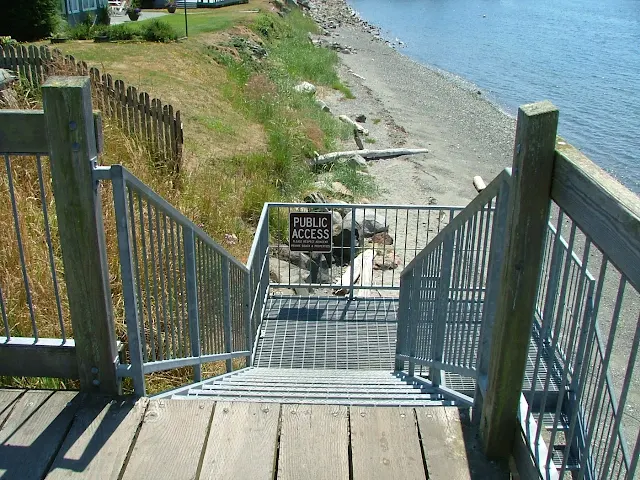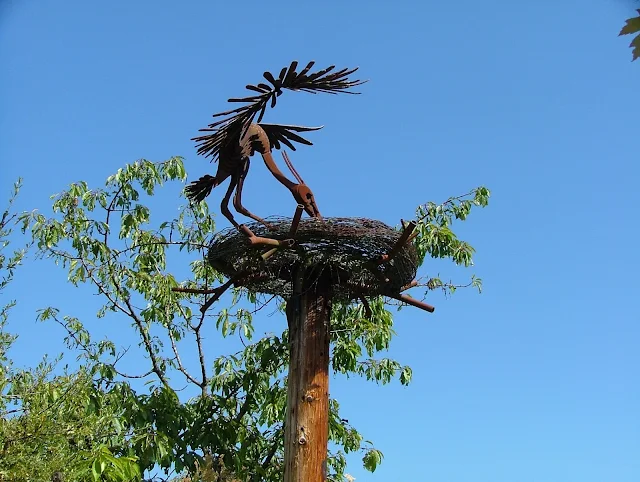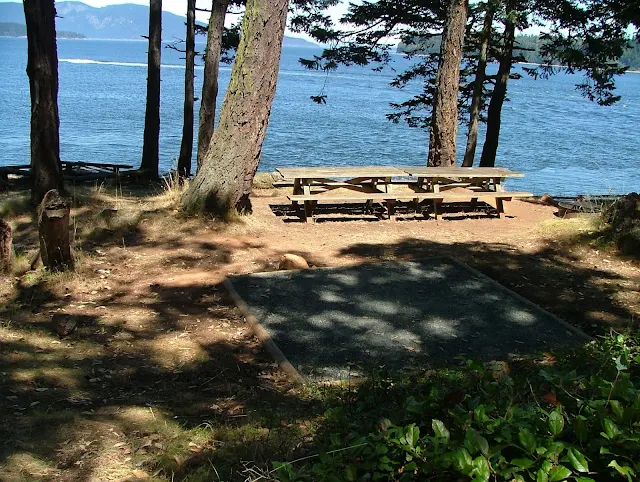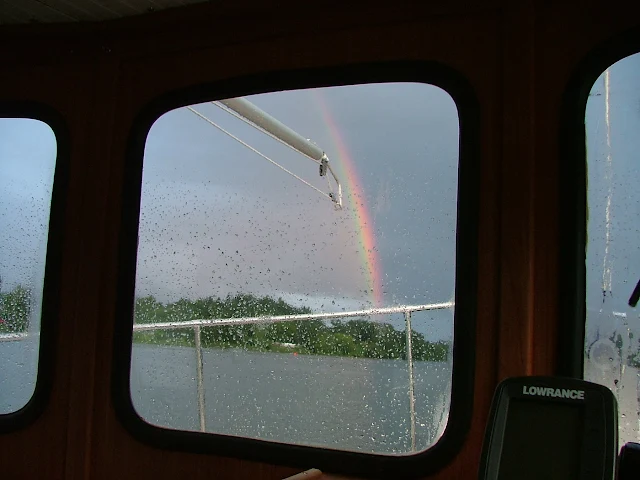Diesel stove malfunctions
We went for a two-night cruise in icy weather just before Thanksgiving, and had a great time, well except for,
"Wake up, wake up, somethings wrong."
I don't remember much, but I do remember, my eyes were burning, and the cabin was full of nauseating diesel fumes and a light haze, which apparently woke her, so she could wake me.
The emergency was that the oil stove (Dickinson Bristol) was huffing and puffing, sending soot but mostly fumes with every huff/puff out every crack in the stove. She said, is that supposed to do that? Then she pointed and asked if flames were supposed to be shooting out there, down under the oven door by the sheet metal.
I don't know, I said, I just need to go back to sleep.
So, in a blurry daze, I shut the oil valve off and sneaked a peek under the cast iron lid. It still had a flame, the stove was scorching hot, the insides were cherry red, and soot was built up and hanging in three inch long strings everywhere inside. I know, I shouldn't have looked because it may have gone up in a ball right then, but I wasn't thinking clearly
I wonder why it was hard to wake me up, was it fumes, low oxygen, or the wine at dinner?
I lifted the lid and looked in the stove the other day, and yep its still a mess.
Later, when I figure out what went wrong and what to do about it, I'll add to this post.
Update 1/3/14
I think the problem was caused by too much fuel and no fan resulting in a too rich burn that sooted up the chimney, ultimately blocking the flue. The solution after cleaning up a huge soot mess all over the decks and cabin and cleaning out the stove passages was to reduce the fuel flow. (this required pulling the stove to get at the valve and was when I discovered a loose set screw) I reset the valve for less flow on low and now monitor the flame plus use the fan to keep it burning clean. Over New Years it burned 30 hrs non stop with perfect results. The loose set screw caused too much fuel, but the real problem was me not turning on the fan to keep a clean burn. I like oil and pulling from my main tank, but gee whiz what a mess.
Update: It's been a few years, I tossed out the diesel stove and installed a Propane unit. Boy! what an improvement in our quality of life onboard. I wrote a step by step article on the conversion. The article is in the do it yourself page under the boaters' quick menu at the top right side, or copy and paste this url https://www.sailingthesanjuans.com/p/doing-it-your-self-page.html
and then scroll to the right spot near the end
Click below for satellite view of Inati Bay on Lummi Island

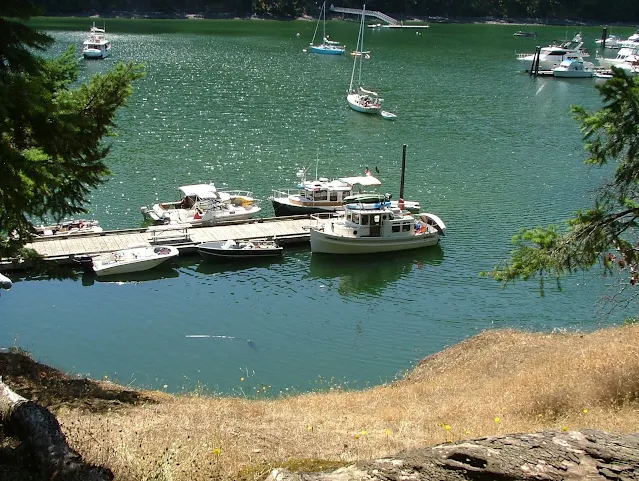









.JPG)
